What is cove lighting
Cove lighting is a form of indirect lighting that is built into a ledge, recess, coffer, valance, or a similar architectural feature along the sides of a room near ceiling height. The perimeter cove is utilized to conceal luminaires which illuminate the ceiling or the top of the wall to create indirect light. Cove lighting is part of the ambient layer which should spread light evenly throughout the space to support comfortable movement and other basic visual recognition. Because the light from the indirect lighting system is thoroughly diffused, it produces a soft, shadow-free, and evenly distributed glow that creates a sense of openness and comfort. This gentle ambience is accompanied by a clean ceiling appearance, which interprets the architectural lighting requirement of illuminating architecture from architecture itself.
LED technology brings a rainbow of design and control opportunities
Thriving on their ability to bring visually pleasant ambient lighting into a space without architectural exposure, cove lighting fixtures are ubiquitous in commercial, retail, office, hospitality and residential buildings throughout the world. The majority of cove lights are linear light fixtures which can be used individually but are often joined to make a continuous lighting system. Modern cove lighting capitalizes on characteristics unique to LEDs, which include high luminous efficiency, directional light output, miniaturized form factor, excellent intensity controllability, and high flexibility in the design of the light emitting surface. An LED cove light can be as simple as an LED strip light or an aluminum LED profile, it can also be as sophisticated as an adjustable, digitally addressable lighting system that includes optical aiming capability and integrates LED power and data management within the fixture.
Linear coving lighting
A linear cove light fixture includes an LED module which is an assembly of mid-power SMD LEDs on a linear flexible printed circuit board (FPCB) or a rigid metal core printed circuit board (MCPCB). The LEDs are solder mounted to the circuit board with a pitch (the distance between two LEDs) that is small enough to ensure that the LEDs do not create undesirable bright spots on ceilings or walls. To deliver homogeneous lighting across the length of the fixture, the LED module may be covered with an acrylic diffuser which comes with either a frosted (translucent) or opal (milky) surface finish. Luminous flux from the LEDs can also be regulated with compound lenses such as the TIR optics which are capable of providing a precise beam pattern with high optical efficiency. The LED modules can be electrically and mechanically coupled with one another via node connectors, which allow for continuous runs in various configurations as well as end-to-end seamless illumination without socket shadowing between adjoining luminaires. High-density or high power LED modules are typically attached to aluminum heat sinks or housings which enhance the thermal transfer process to prevent thermal buildup within the LED packages. The LED assembly or the entire fixture can be designed with tilt adjustability for precise aiming.
Multi-channel LED cove lighting
LED cove lights may be equipped with single- or multi-channel LEDs to deliver solid white, solid color, intelligent white (dim-to-warm, tunable white), or color-changing light. These light fixtures either directly use the AC power provided by the utility power or are powered by a low voltage (12 or 24 volts) power supply. Each line-powered fixture is operated by an AC-DC LED driver, whereas the low voltage fixtures are powered in groups by a remote power supply which converts 120-volt commercial AC power to 12- or 24-volt DC power. Depending the controllability, cove light fixtures can be divided into the non-addressable and addressable types. Non-addressable or “static” cove lights allow for only fixture-level dimming or switching, which means all LEDs of a fixture respond to control signals in the same fashion. Addressable cove lights allow for individual control of an LED chip, an LED package, or a discrete group of LED packages within the LED module. Individually controllable lighting nodes enable lighting designers to create an infinite variety and combination of dynamic effects, from dynamic color patterns that appear to move across sequences of fixtures, to intricate light shows and human centric lighting. LED cove lighting fixtures can be controlled through wire protocols including 0-10V, DALI and DMX. Wireless lighting nodes can be controlled through Zigbee, Z-Wave or Bluetooth mesh networking.
Color consistency
Color consistency is a critical consideration in architectural lighting. Linear LED cove lights pose their own challenges to consistent color output across the entire run due to the inherent variability in the LED manufacturing process. To ensure fixture-to-fixture uniformity throughout a lighting installation, LEDs to be incorporated in a particular group of cove light fixtures must be sorted, or binned, post-production to tight chromaticity or color spatial uniformity (CSU) tolerances.

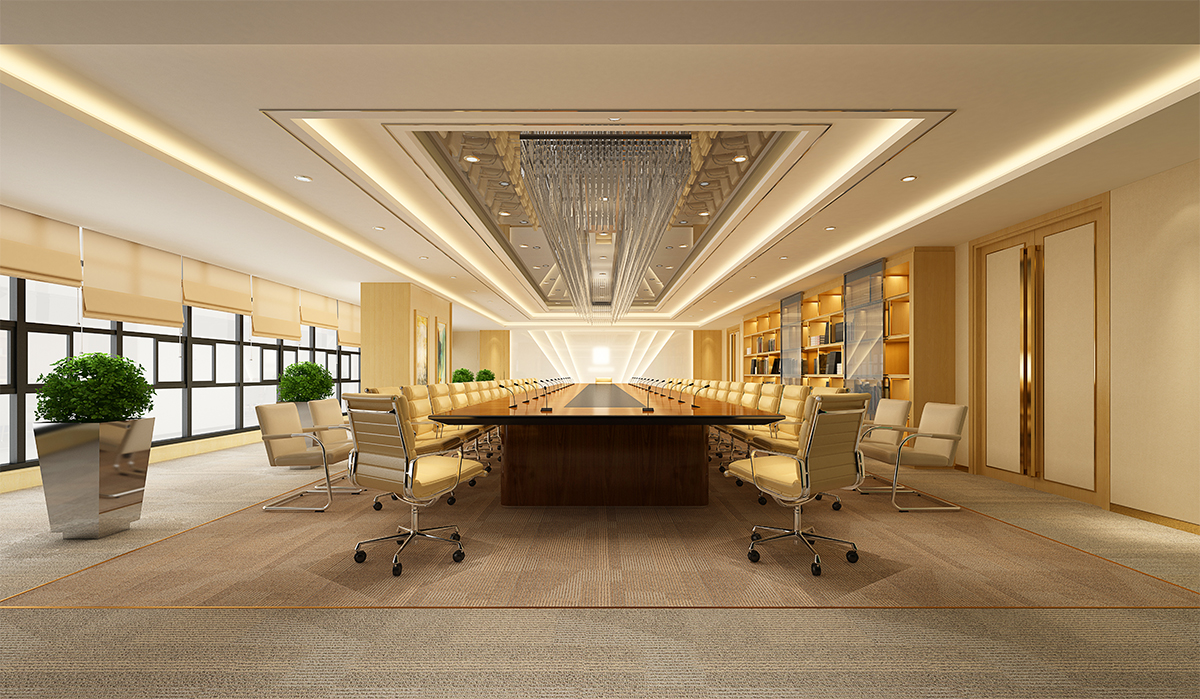
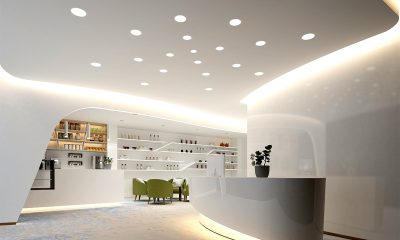
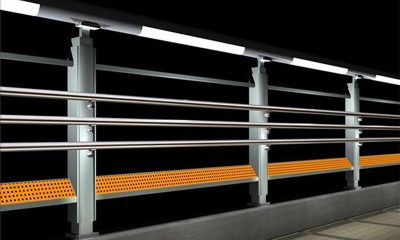


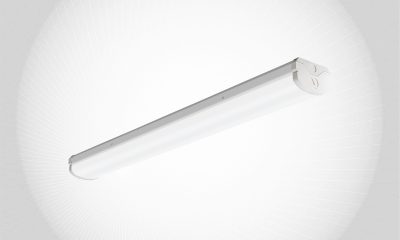
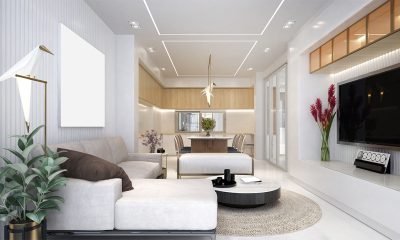
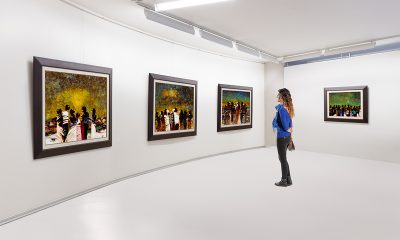
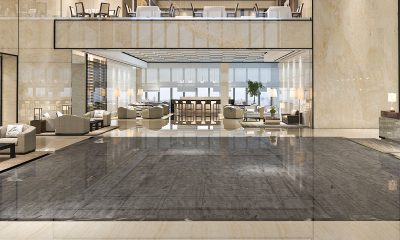
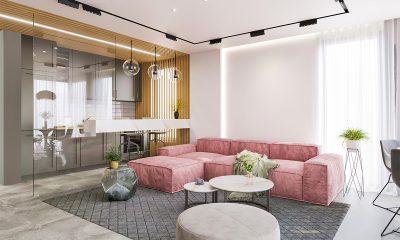
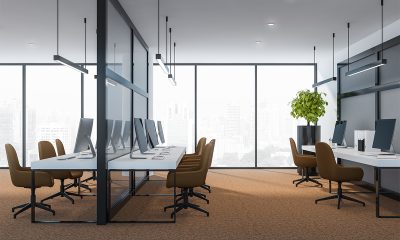
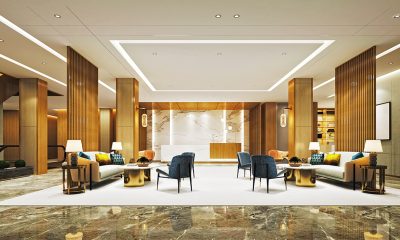






Loading...